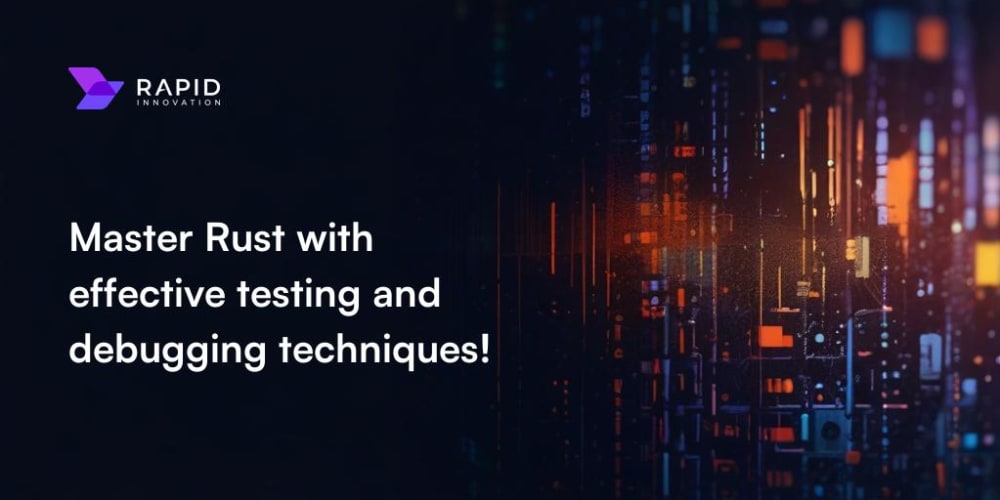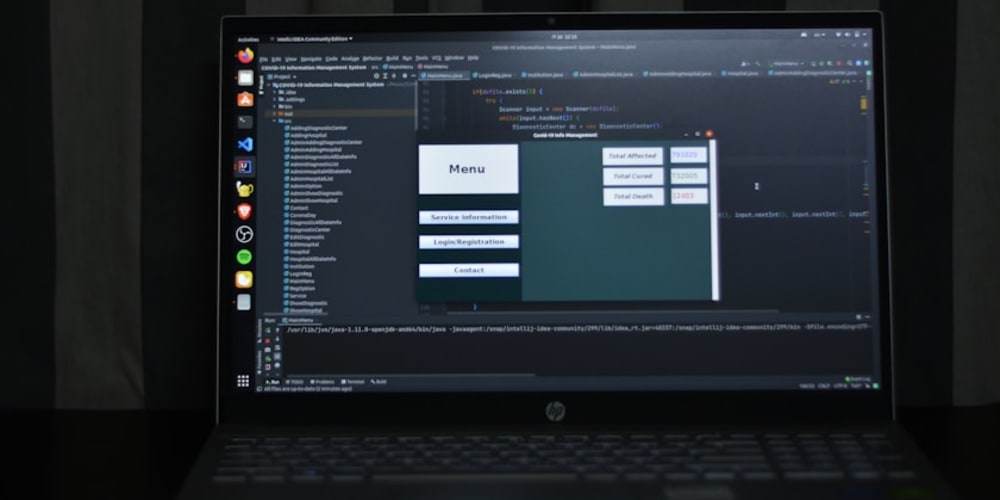The mining industry is one of the most hazardous sectors globally, with risks ranging from cave-ins and explosions to toxic exposure and equipment failures. As the industry strives to enhance safety standards, technology, particularly Computer Vision AI, has emerged as a transformative force. By integrating advanced AI-driven computer vision systems into mining operations, companies can significantly reduce accidents, improve safety protocols, and optimize productivity. This article explores how Computer Vision AI is revolutionizing safety in the mining industry.
Understanding Computer Vision AI

Computer Vision AI refers to the use of machine learning algorithms and neural networks to enable computers to interpret and make decisions based on visual data. In the mining sector, this technology is used to analyze real-time footage from cameras installed in mines, processing plants, and vehicles to detect potential hazards, monitor worker behavior, and ensure compliance with safety protocols.
Enhancing Operational Efficiency

While safety is the primary focus, the use of Computer Vision AI in mining also contributes to operational efficiency. By automating the monitoring of mining operations, AI systems can identify inefficiencies and optimize processes. For example, AI can monitor the loading and unloading of materials, ensuring that trucks and conveyors operate at maximum efficiency without overloading, which could lead to accidents.
Additionally, AI-powered systems can analyze worker movements and behaviors, identifying patterns that may indicate fatigue or distraction, which are common causes of accidents in mining. By addressing these issues, mining companies can create a safer and more productive work environment.
Autonomous Mining Vehicles

The introduction of autonomous vehicles in mining has significantly reduced the risk of accidents, particularly those involving heavy machinery. Computer Vision AI is at the core of these autonomous systems, enabling vehicles to navigate complex mining environments safely.
AI systems process visual data from multiple cameras and sensors on the vehicle, allowing it to detect obstacles, avoid collisions, and follow optimal paths. This reduces the risk of accidents caused by human error, such as misjudging distances or failing to see obstacles in blind spots. As a result, autonomous mining vehicles equipped with Computer Vision AI are not only safer but also more efficient, operating continuously without the need for breaks.
Emergency Response and Incident Analysis

In the unfortunate event of an accident, Computer Vision AI can play a crucial role in emergency response and incident analysis. AI-powered cameras can provide real-time footage of the incident, helping emergency teams assess the situation and respond quickly.
Furthermore, AI systems can analyze footage before, during, and after the incident, identifying the root cause and providing insights into how similar accidents can be prevented in the future. This data-driven approach to incident analysis helps mining companies continuously improve their safety protocols and reduce the likelihood of future accidents.
Real-Time Hazard Detection
One of the most significant advantages of Computer Vision AI in mining is its ability to detect hazards in real time. Mines are dynamic environments where conditions can change rapidly, making it difficult for human operators to keep up with potential dangers. AI-powered computer vision systems can continuously monitor the environment, identifying signs of structural instability, the presence of hazardous gases, or unsafe equipment usage.
For instance, these systems can detect cracks in mine walls or ceilings, alerting operators before a collapse occurs. They can also monitor gas levels and raise alarms if toxic gases like methane or carbon monoxide reach dangerous levels. By providing real-time alerts, Computer Vision AI helps prevent accidents that could result in injuries or fatalities.
Enhancing Worker Safety with PPE Monitoring
Personal Protective Equipment (PPE) is crucial in protecting workers in hazardous mining environments. However, ensuring that all workers consistently wear and correctly use their PPE can be challenging. Computer Vision AI systems can monitor workers as they enter and operate in mines, automatically checking for compliance with PPE requirements.
These systems can detect whether a worker is wearing a helmet, safety glasses, gloves, or other necessary gear. If the system identifies a worker without the required PPE, it can immediately notify supervisors or halt operations until the issue is resolved. This automated monitoring not only enhances worker safety but also ensures that safety protocols are strictly followed.
Equipment Monitoring and Maintenance
Mining operations rely heavily on machinery and equipment, and any failure can lead to catastrophic consequences. Computer Vision AI plays a critical role in monitoring the condition of mining equipment in real time. By analyzing visual data from cameras and sensors, AI systems can detect signs of wear and tear, overheating, or other issues that could lead to equipment failure.
For example, AI can analyze footage of conveyor belts, identifying frayed edges or misalignments that could cause a breakdown. It can also monitor the condition of drilling equipment, detecting issues like excessive vibration or abnormal movement that could indicate a malfunction. By identifying these problems early, Computer Vision AI enables predictive maintenance, reducing the risk of equipment failure and associated accidents.
Challenges and Considerations
While the benefits of Computer Vision AI in mining are clear, there are also challenges to consider. The harsh conditions in mines, such as low light, dust, and vibrations, can affect the accuracy of AI systems. Ensuring that AI algorithms are trained to handle these conditions is crucial for reliable performance.
Additionally, the implementation of AI in mining requires significant investment in technology and infrastructure. Mining companies must weigh the costs against the potential benefits in terms of safety and efficiency.
Moreover, the integration of AI into mining operations raises concerns about job displacement. While AI can enhance safety and efficiency, it may also reduce the need for certain manual roles. Mining companies must address these concerns by retraining workers and creating new opportunities within the industry.
The Future of Mining with Computer Vision AI
As technology continues to advance, the role of Computer Vision AI in mining is set to expand. Future developments may include more sophisticated AI algorithms that can predict and prevent accidents with even greater accuracy. Additionally, the integration of AI with other technologies, such as the Internet of Things (IoT) and big data analytics, will enable more comprehensive monitoring and management of mining operations.
Ultimately, the adoption of Computer Vision AI in mining represents a significant step forward in enhancing safety standards. By leveraging the power of AI, mining companies can create safer work environments, protect their workers, and improve operational efficiency, ensuring a more sustainable and responsible future for the industry.
Conclusion
Computer Vision AI is revolutionizing the mining industry by enhancing safety standards and reducing the risk of accidents. From real-time hazard detection and PPE monitoring to equipment maintenance and autonomous vehicles, AI is helping mining companies create safer, more efficient operations. The integration of AI video analytics software into these systems further amplifies the effectiveness of safety measures, offering robust solutions that ensure continuous monitoring and real-time response to potential hazards. While challenges remain, the potential benefits of AI in mining are undeniable, paving the way for a safer and more sustainable future. As the industry continues to evolve, the integration of Computer Vision AI will be key to maintaining the highest safety standards and protecting the lives of workers in one of the world’s most dangerous industries.


















